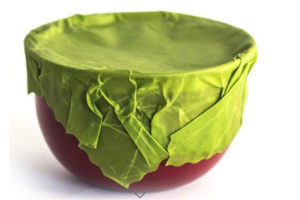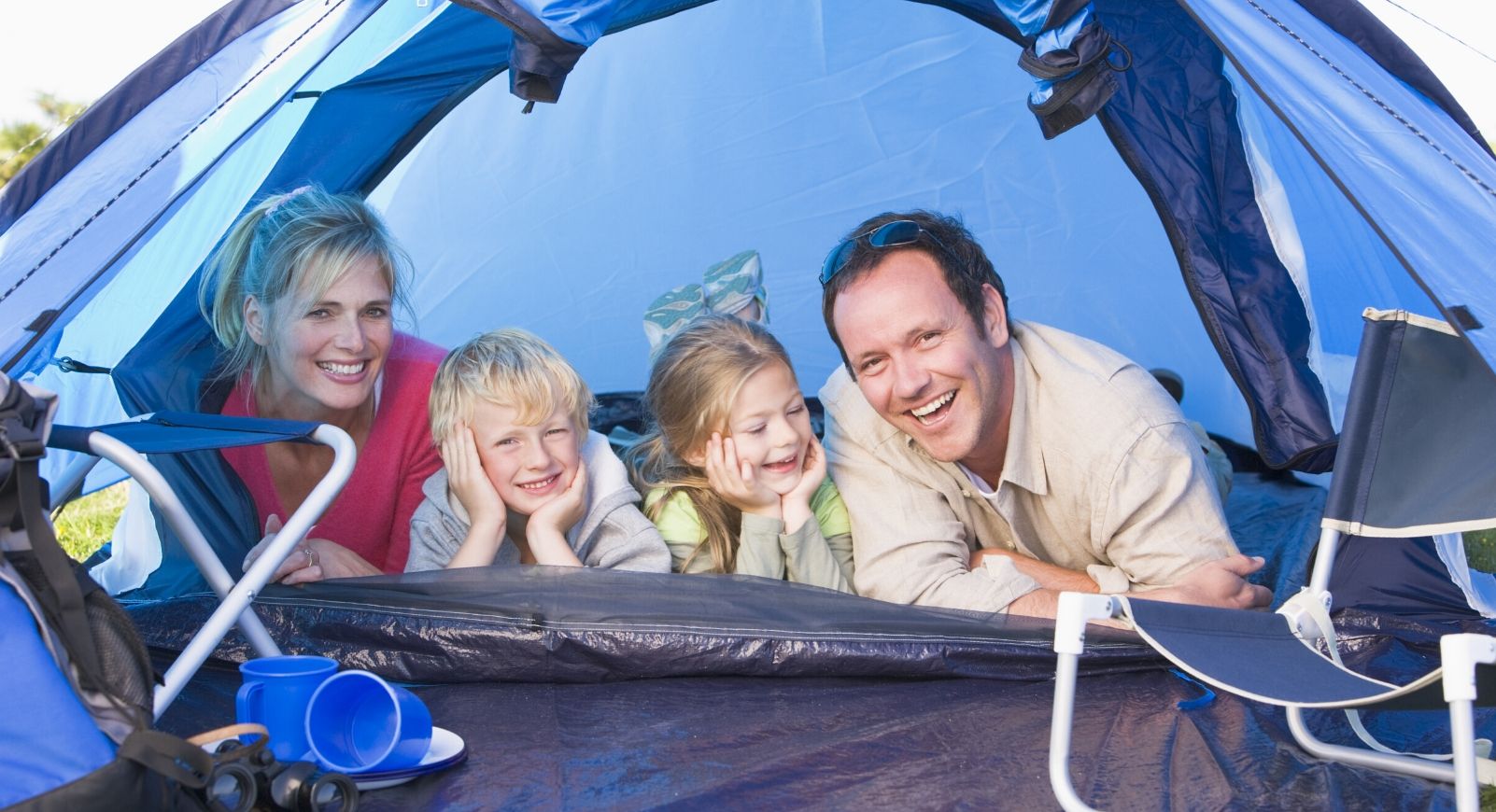If you’ve been paying attention, you know our earth is in crisis. Events like a pregnant sperm whale wash up dead on a beach in Sardinia, Italy, with 50 pounds of plastic in her stomach emphasizes how bad things are getting. These stories are so prevalent that it’s easy to become desensitized. Reducing our impact on the environment feels overwhelming — where do we begin? After all, how can one person prevent plastic from eroding our oceans? As it turns out, there are quite a few ways to reduce waste – even from our little neck of the woods on the Seacoast of New Hampshire.
So where to begin? Online Resources
I’ve had the best luck finding sustainable products and tips for ways to reduce waste on Instagram. Handles such as @easyecotips, @wastefreeplanet, and @reducedwaste are good places to start for both advice and product overviews. On the web, my favorite sites are:
Tackle the Biggest Issue First: For me, It Was Single-Use Plastic
I found this helpful chart to help me figure out where my family and I should start. Based on the FDA’s Municipal Solid Waste (MSW) data, it outlines the average amounts each person in the United States wastes per year. My recommendation is to begin with the area that you’re concerned about the most: I tackled single-use plastic first. It was driving me crazy how many plastic bags we were using, knowing they were just going to end up in a landfill – or worse, the ocean.

I found a company called etee: it offers beeswax wraps and bags for food storage, snacks, sandwiches, and everything in between (they also have vegan options). I even use them for my toiletries when I’m traveling. They’re made out of cotton and beeswax, so instead of having a Ziploc bag to keep your food sealed, you simply fold the bags or wraps and squeeze. The wax binds together to keep it closed. Depending on how often you use them, they can last anywhere from six months to a year.
Then, start to tackle other ways to reduce waste:
After our success with the etee products, I thought more about other small ways to reduce waste. While I haven’t tried them all yet, here is a short list that is pretty easy for any family to incorporate:
- House cleaning. With a mission to “improve quality of life by radically reducing chemicals in our homes,” Norwex takes the health of its customers and saving the environment very seriously. The company offers a variety of products, but the most popular are its microfiber cloths. Because of their makeup (antibacterial silver, for the win) you can clean your entire house with just a cloth and some water. Sound too good to be true? I thought the same thing. But they really work. To order from Norwex, you need to go through an independent seller. If you don’t have one and would like to try, let me know and I’ll hook you up with my rep.
- Toilet paper, tissues, and paper towels. To reduce the amount of paper products we go through (and even for a family of three, it’s a LOT), I found a company called Who Gives a Crap. They make 100 percent recycled tissues, toilet paper, and paper towels. The cost is significantly lower than what we were spending on these products at the store each month. Schedule automatic delivery for either 24 or 48 rolls of toilet paper and this is a no-brainer! As a self-professed “toilet paper snob,” I’ve been pleasantly surprised. Added bonus: they donate 50 percent of profits to build toilets for those in need all over the world.
- Paper towels, part deux. Speaking of paper towels, even though I buy recycled ones, we still use way too many. I found a site called Marley’s Monsters which offers several recycled and reusable products. It was here that I discovered “unpaper towels.” If you Google that term, you’ll find a lot of varieties come up. They’re what I would call “hand-sized” towels made of cotton and/or fleece that you can actually wrap around a paper towel holder and use in the same way you would use a paper towel. They’re also great as a paper napkin alternative. When you’re ready, you throw them in the wash and start all over again. For this particular brand, the more you wash them, the better they’ll work. I haven’t received mine yet, but they’re on the way!
- Toothpaste and toothbrushes. According to an article on the site EcoPlanet Bamboo, it’s estimated that between 850 million and one billion toothbrushes end up in landfills each year in the United States alone. There are several companies from which you can buy a fully biodegradable toothbrush but it’s harder to get your hands on zero waste toothpaste in stores. With a simple online search, I found many options – all of which come in biodegradable glass jars, and some even with refill programs.
Making an Impact on the Seacoast: Local Resources
- Look for refill programs. At Portsmouth Health Food, you can bring in your bottles of soap, shampoo, and conditioner for refills. They even offer several grains and beans in bulk. All of which is designed to reduce single use plastic. Many farmers will give you a discount on your purchase if you use a container from home.
- Shop local. With the Farmer’s Market season in full swing, you can buy directly from the person who grew your produce, raised your meat, and caught your fish just about any day of the week. Keeping it close to home reduces the carbon footprint of the materials you buy, and it tastes better, too.
- Compost! Companies like Mr. Fox Composting makes composting at home so easy. Plus, you get a bag of compost every spring for your garden.
Finding ways to reduce waste can seem like a daunting task, but it doesn’t have to be. Take it one step at a time!
What are you doing to help lesson your family’s impact on the environment? Do you have any useful tips or tricks I didn’t include above? Share in the comments!










